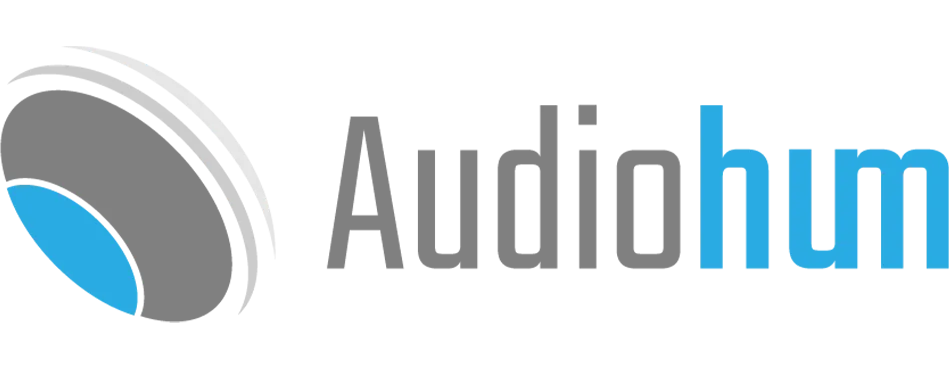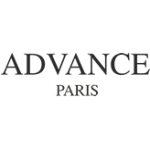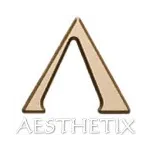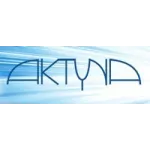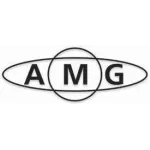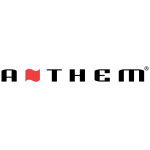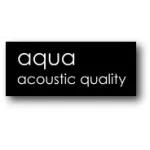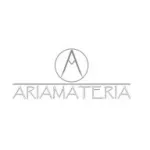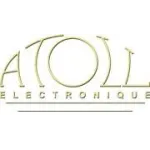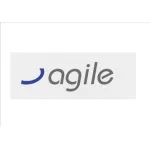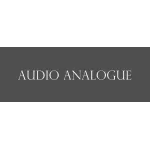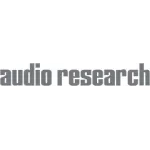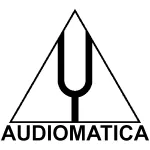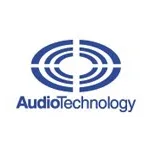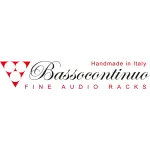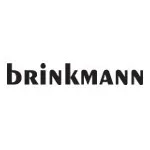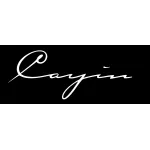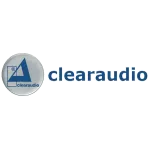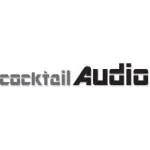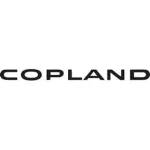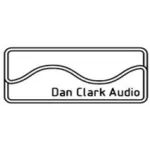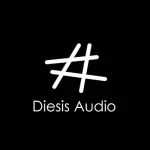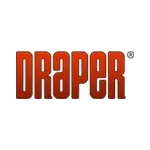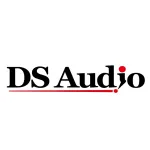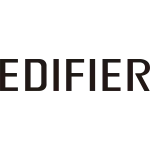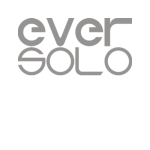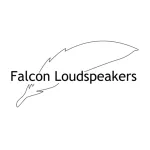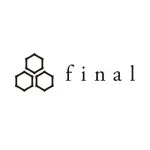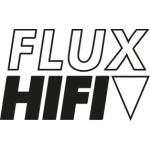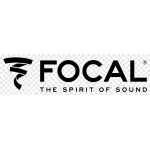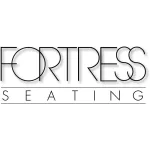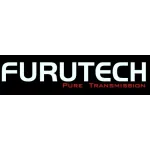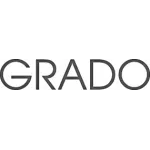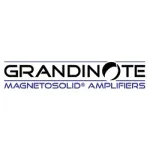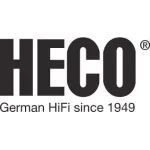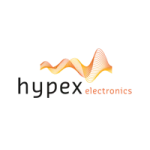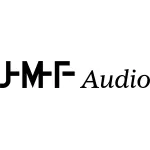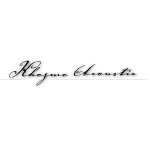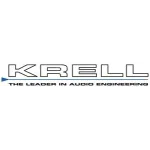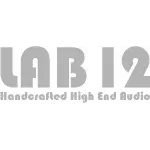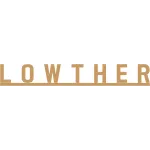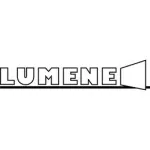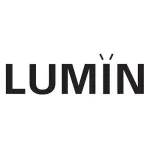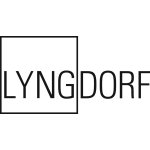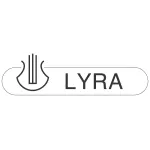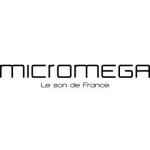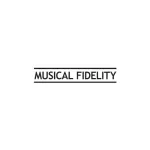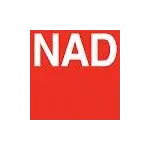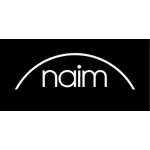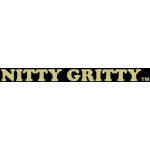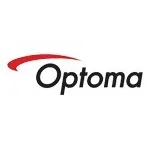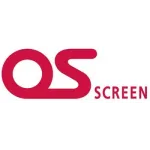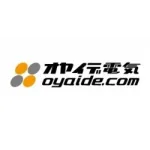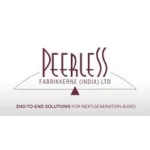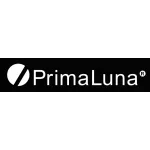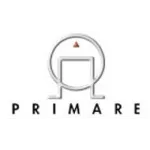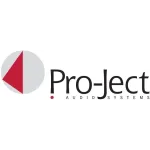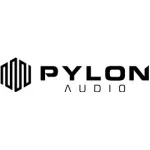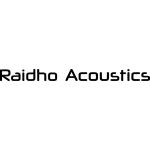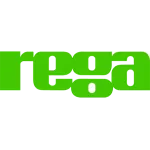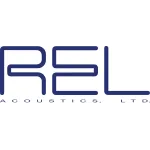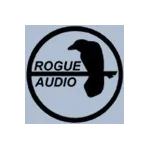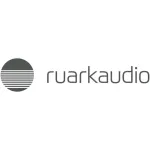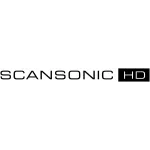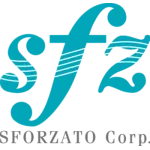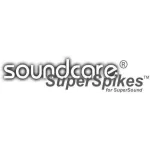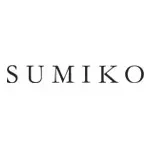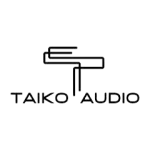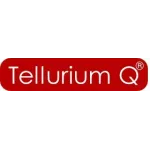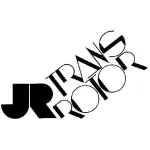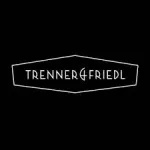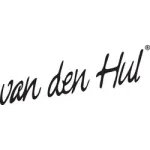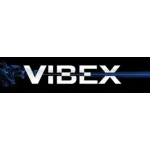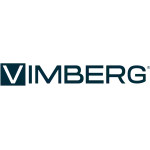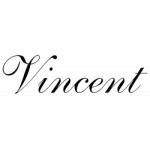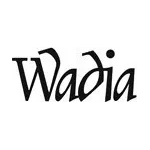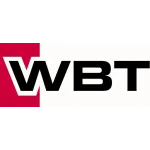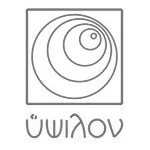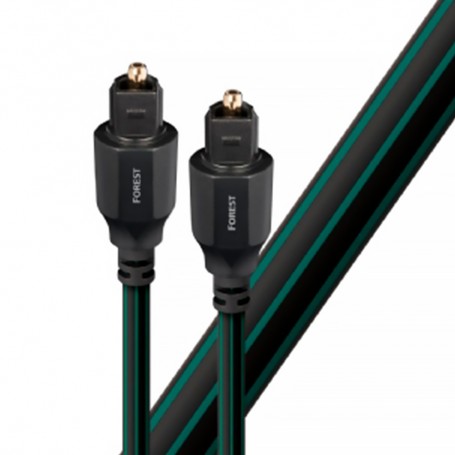bloques info producto

Bank Transfer (3% OFF)
If you make the payment via bank transfer, you will receive an extra 3% discount on your order.
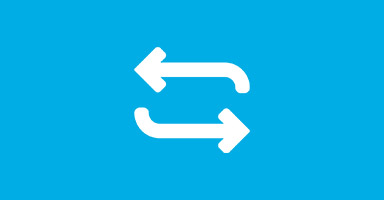
Need to upgrade your equipment?
Would you be interested in trading in a device when purchasing this item?
The audio frontier is in full swing these days with the pleasure of HDMI, USB, FireWire® and Ethernet connections. However, these current generation digital technologies are only part of the story, and the challenge of designing, manufacturing and choosing the best analog interconnects and speaker cables is as important as ever. The S / P-DIF (Sony® Philips Digital InterFace), which arrived in 1983 along with CD, is still an important part of our world today. S / P-DIF is transmitted over digital coaxial and Toslink fiber optic (EIA-J), making them still some of the most important cables in electronic entertainment.
While, thanks to HDMI, Toslink is not used as often to connect a DVD player to an A / V receiver, Toslink connectors are common in cable boxes, televisions, subwoofers, all kinds of products. And now the Mini Optical 3.5mm jack, aka Mini-Toslink incorrectly, is everywhere ... from the dual-use 3.5mm headphone jack on a Mac laptop, to the inputs of some of the best. laptops.
For these many reasons, AudioQuest has refined and renewed its line of high-performance OptiLink cables. All models and all lengths are now available from Toslink to Toslink and Toslink to 3.5mm Mini Optical.
When the question is "how can a fiber optic cable change sound?" ... the answer is easier to explain than for almost any other type of cable. If the light source were a coherent laser, shooting in a vacuum, all the light would stay straight, reaching its destination at the same time. Even if the LED light source in a Toslink system is coherent, the light entering a fiber optic cable is scattered by imperfections and impurities in the fiber. This can be measured as a loss of amplitude ... but amplitude is not the problem, an actual loss of 50% would have no effect on sound quality.
The problem is that stray light does get through the wire, but only after it has taken a longer path, like a billiard ball bouncing off the side rails, causing it to arrive later. This delayed part of the signal prevents the computer in charge of decoding this information from being able to decode it properly, or even from doing so. The inability to decode shows up first at the higher frequencies (not at the audio frequencies, this is a mono stream of digital audio information), so the bandwidth reduction is a measurable signature of the light that is being dispersed by a fiber. The bottom line: The lower the dispersion in the fiber, the lower the distortion in the final analog audio signal presented to our ears.
There is another serious spreading mechanism in the Toslink system. The fiber is relatively large, 1.0mm in diameter, and the LED light source is also relatively large, projecting light onto the fiber at many different angles. Even if the fiber were absolutely perfect, the signal would spread over time because light rays entering at different angles take different paths in length and arrive with different amounts of delay.
The almost complete solution to this problem is to use hundreds of much smaller fibers in a 1.0mm bundle. Because each fiber is limited as to what angle of entry can enter the fiber, there is much less variety, and much less dispersion over time. This narrowing effect is similar to how a pinhole camera can take a photo without a lens ... by letting light in at a very limited range of angles, a photo can be taken while removing the lens from an aperture. wider would make photography impossible. Less light passes through a multi-fiber cable, but the light that enters the fibers exits inside a much smaller temporary wrap.
So there is a problem, the scattering of light through time ... ... and two ways to a better result: less scattering in the fiber (better polymers and finally quartz), and less scattering by filtering the angle of entry . How simple is that! Listen and enjoy.
AudioQuest Forest OptiLink Optical Digital Features:
Low dispersion fiber.
Low fluctuations (digital timing errors).
Precision Polished Fiber Ends.
PVC jacket with green and black stripes.
